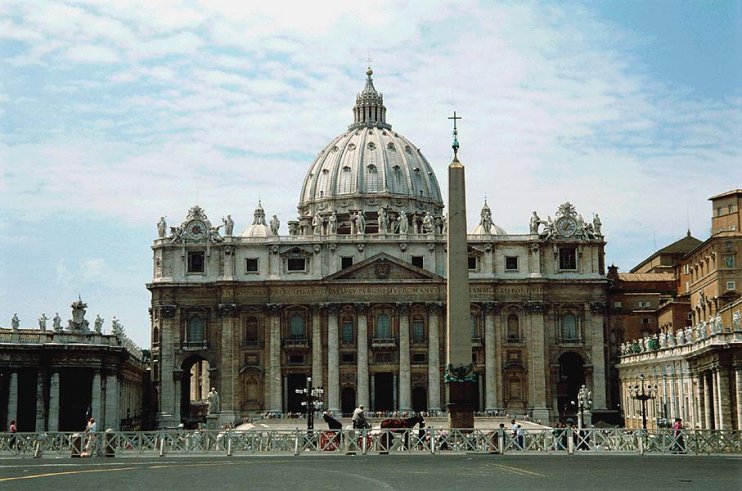|
Aldborough Roman Site, Yorkshire
Urban Centre
Once the capital of a Romanised tribe of native Britons, visitors today can still see two beautiful Roman mosaics as well as the remains of the town wall and a museum exploring the history of the town.
|
|
Ambleside Roman Fort, Cumbria
Roman Fort
Dating back to the reign of the Emperor Hadrian, this fort was originally built for two purposes; to protect the Ravenglass to Brougham Roman Road as well as acting as a supply base for Hadrian's Wall to the north.
|
|
Aesica Roman Fort
Hadrian's Wall Fort
Excavated in the late 19th century, Aesica is the ninth fort on Hadrian's Wall. A Roman bathhouse has also been discovered a short distance south of the fort.
|
|
Agricola's Ditch
Roman Road / Ditch
This enormous earthwork follows the route of Hadrian's Wall from coast to coast, although its purpose has long been argued. It is now thought that Agricola's Ditch (also known as the Vallum) was built as a boundary for the militarised zone around Hadrian's Wall, i.e. so that the local civilians would keep their distance!
|
|
Arbeia Roman Fort, Northumberland
Hadrian's Wall Fort
Once a maritime supply fort for Hadrian's Wall, today Arbeias barracks and gatehouse have been reconstructed and a museum set up to showcase the history of the site.
|
|
Ardotalia, Derbyshire
Roman Fort
This unexcavated fort could have once housed up to 1000 troops and until the late 18th century, the stone remains could still be seen. Unfortunately the remains of the fort now lie underground although it is still possible to make out the ramparts.
|
|
Beckfoot (Bibra) Fort, Cumbria
Roman Villa
Although the mighty Hadrian's Wall stood as the main defensive feature protecting the northern extent of the Roman Empire in Britain, the coastline close to the Scottish border was still exposed to attack. To plug this gap in their defences, the Romans built a series of milefortlets extending down the Cumbrian coast from Hadrian's Wall, linked by a road rather than a wall. Although many of these defences have now been lost, one of the major forts was located at Beckfort. Now just a series of crop marks, the fort was manned by the Romans until around AD 407 and was once home to the Cohors II Pannoniorum, a 500-strong infantry unit from the province of Pannonia, now a region of the Czech Republic. Excavated in 1879, evidence of a civilian settlement, or vicus, was also uncovered.
|
|
Bignor Roman Villa, Sussex
Roman Villa
Boasting some of the most complete Roman mosaics in the country, Bignor Roman Villa was discovered in 1811 by a local farmer and has been a popular visitor attraction ever since. The villa dates from around 200AD and was demolished or burnt down around 200 years later.
|
|
Birdoswald Roman Fort, Cumbria
Hadrian's Wall Fort
This well preserved fort on Hadrian's Wall was built around 110AD and included barracks, granaries, officers mess and even an exercise building (i.e. a Roman gym). There is also a visitor centre which includes displays and artifacts from the fort, and rumour has it that the tea rooms here are also very good!
|
|
Binchester Roman Fort, County Durham
Roman Fort
This large Roman fort was established around AD80 as a defensive measure for the newly built Dere Street. There is still a wonderfully preserved stretch of Roman road at the site, as well as remains of a bath house with underfloor heating.
|
|
Brading Roman Villa, Isle of Wight
Roman Villa
This large Roman villa and courtyard was built in the 1st century AD and despite frequent Anglo-Saxon raids and the occasional fire, remained in use until the 4th century AD. Today all of the 12 ground floor rooms can still be seen, including a fabulous mosaic in the main entertaining room.
|
|
Bremenium, Northumberland
Roman Fort
Bremenium was once an extremely well defended Dere Street fort complete with artillery defences. Remains of catapult emplacements have been found, once used by the Romans to fire boulders at marauders coming down Dere Street from the north.
|
|
Bremetennacum, Lancashire
Roman Baths
This cavalry fort actually sits in the middle of the modern day village of Ribchester. Although only small parts of the fort have been excavated, there have been some fantastic finds uncovered over the centuries including the Ribchester Hoard.
|
|
Burgh Castle, Suffolk
Roman Fort
This third century Saxon Shore Fort was built to defend the south coast of Britain against invaders from Denmark and Germany. Today the walls still stand up to an impressive 4 and half metres high.
|
|
Caister-on-Sea, Norfolk
Roman Fort
Although nowhere near as well preserved as its neighbour Burgh Castle just a few miles away, this Saxon Shore Fort was partially excavated in the 1950s although much of the fort now lies under modern housing. The excavated part of the site is now managed by English Heritage and is open to the public free of charge.
|
|
Caistor St. Edmund (Venta Icenorum), Norfolk
Urban Centre
Once the capital of the Iceni tribe (of Boudica fame), Venta Icenorum soon became one of the most important Roman settlements in East Anglia. Today the most visible part of the remains is the town wall which still stands at around 20 feet high. Much of the rest of the site still lies unexcavated.
|
|
Calleva Atrebatum, Hampshire
Urban Centre
This relatively well preserved town is unique in that it did not become completely abandoned after the end of the Roman rule in Britain. Instead, the Anglo-Saxons decided to make nearby Winchester their home, leaving the remarkably intact remains that can still be seen today, including the city walls and the amphitheatre.
|
|
Camulodunum (Colchester), Colchester
|








